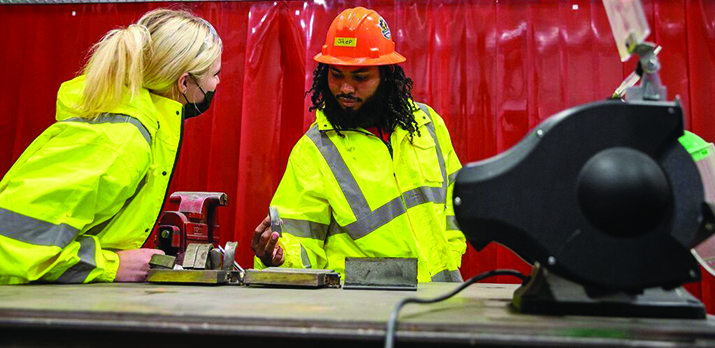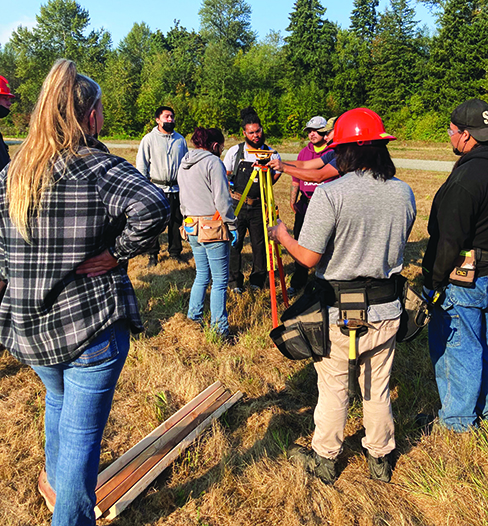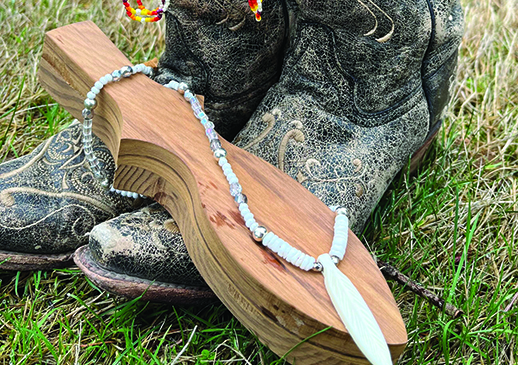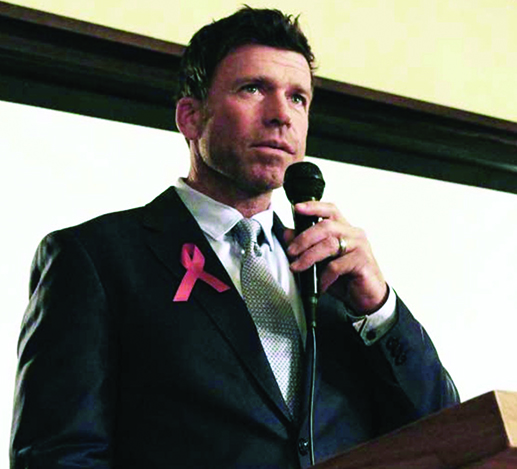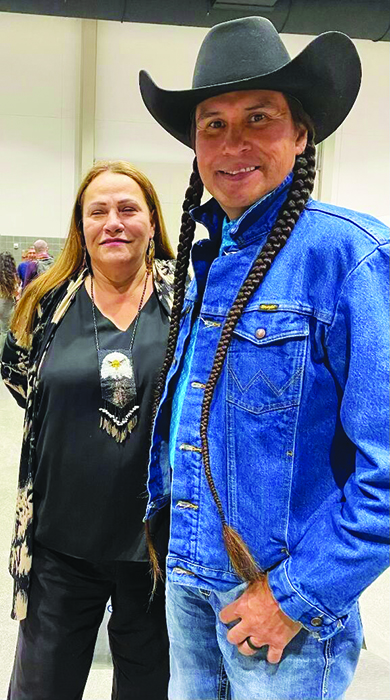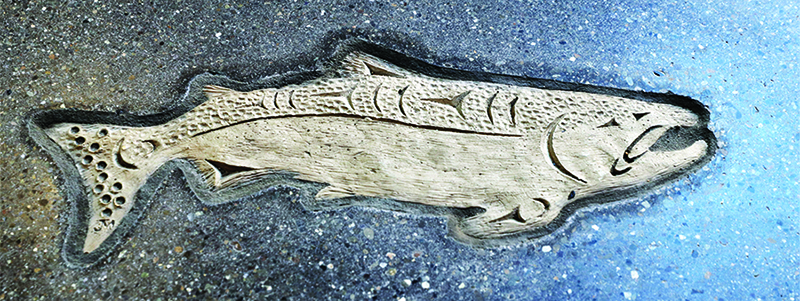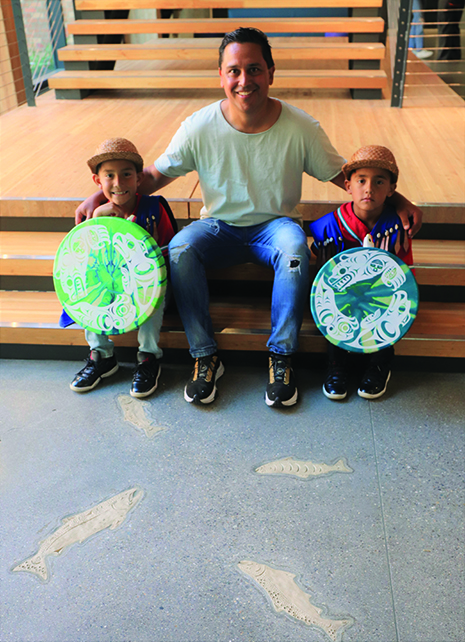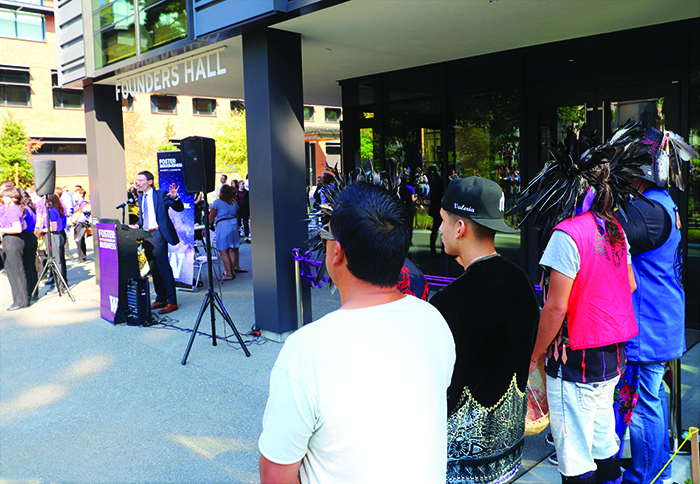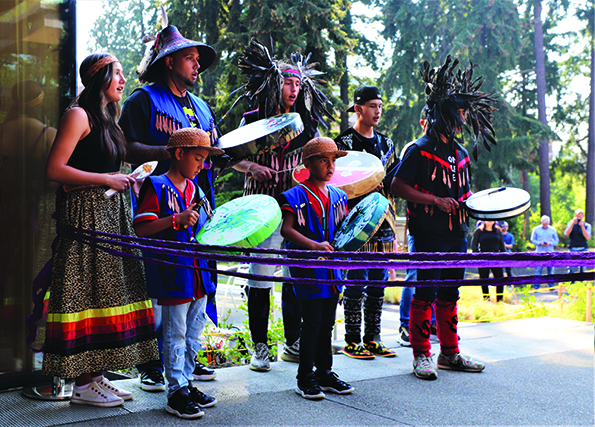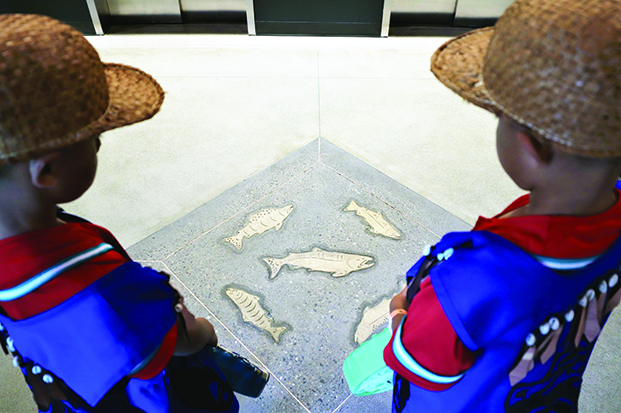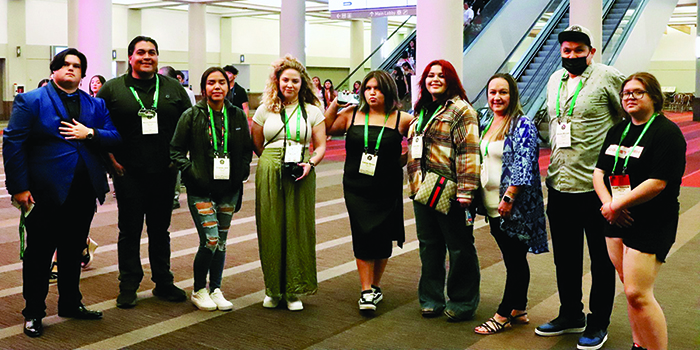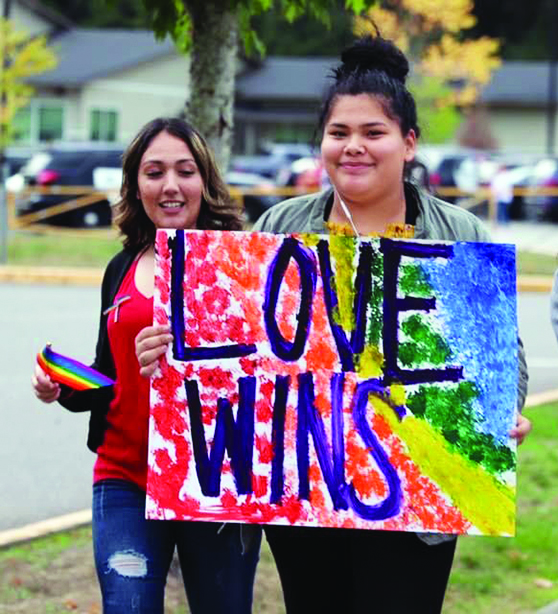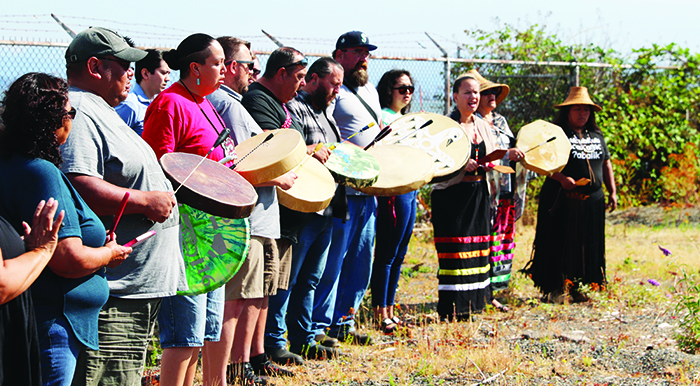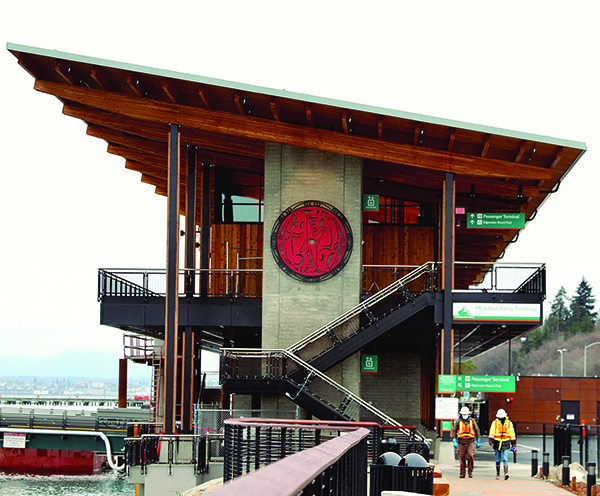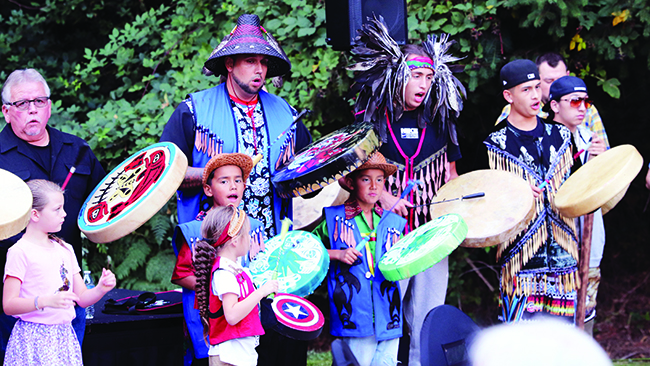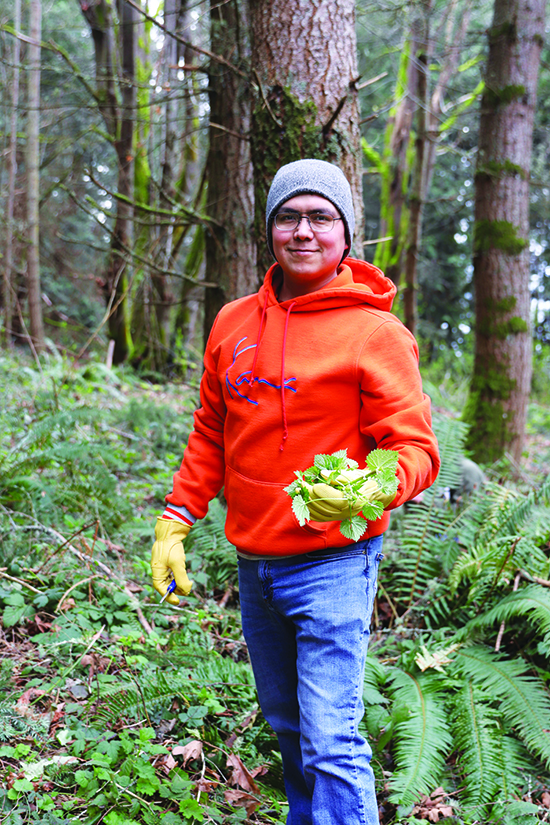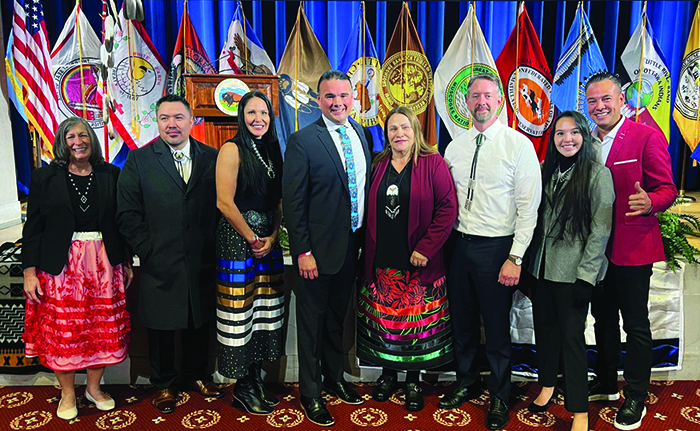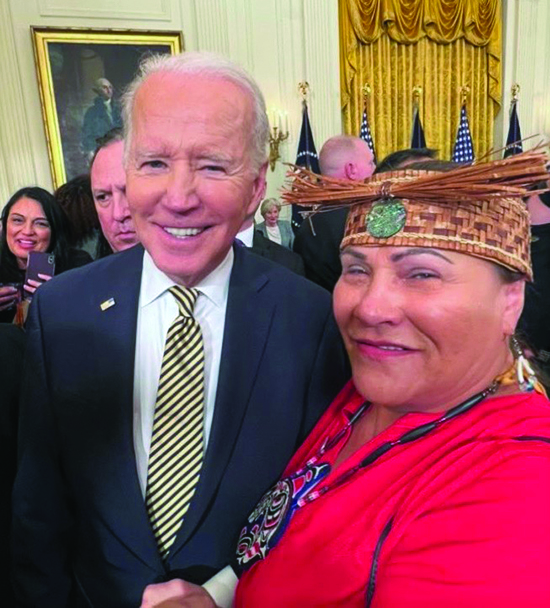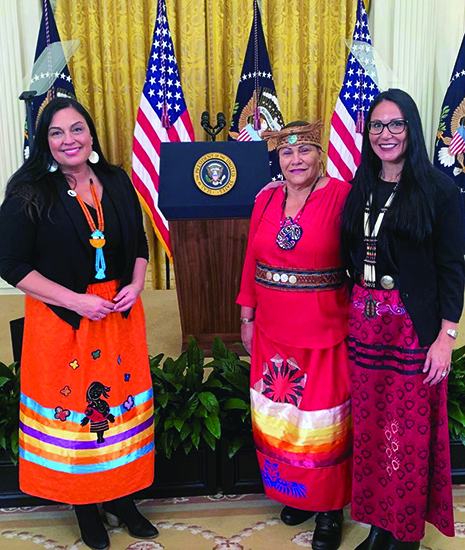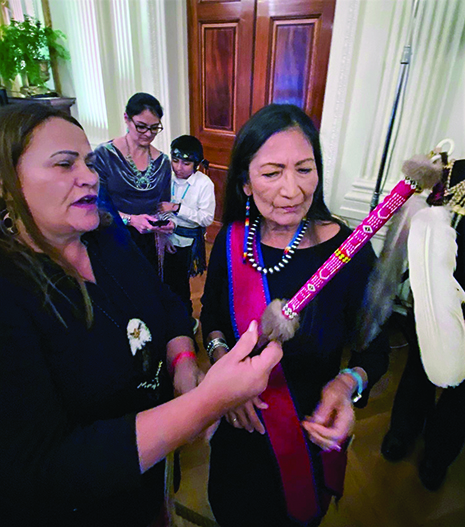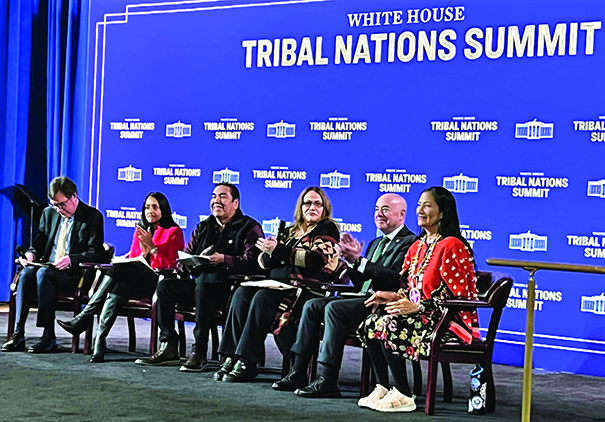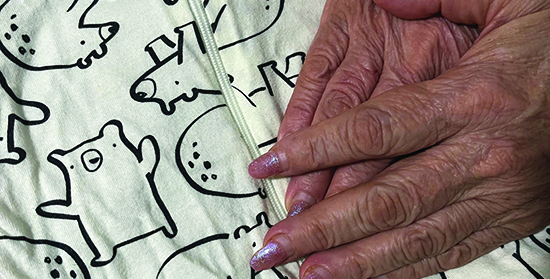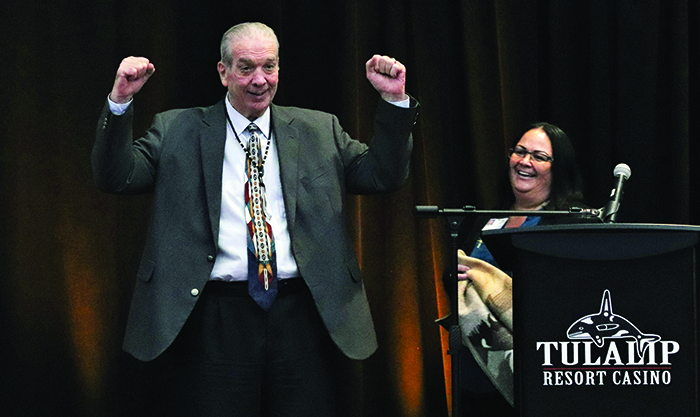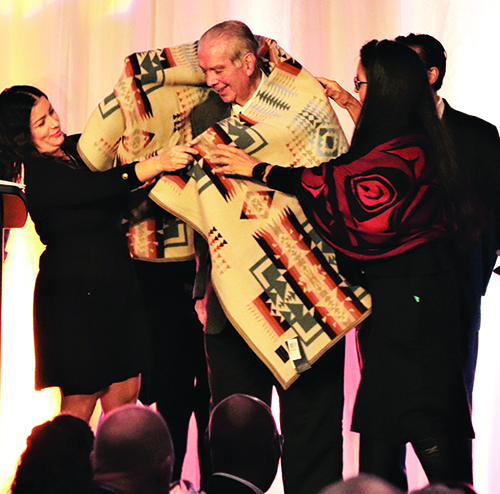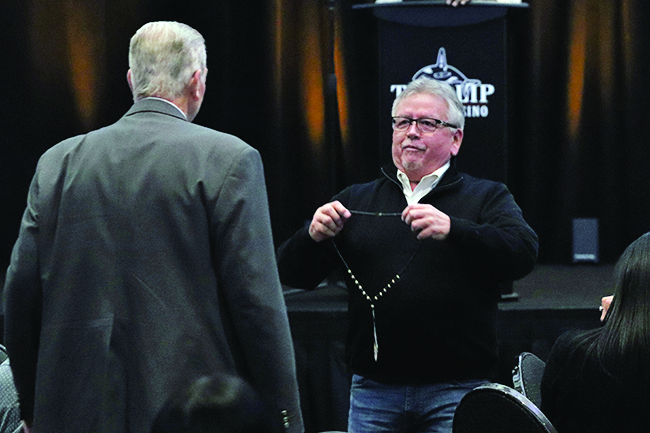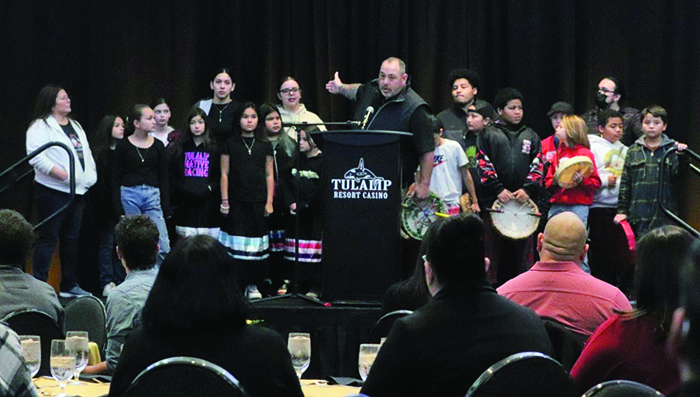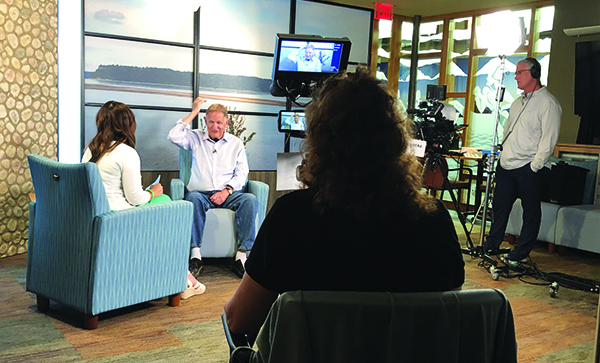
By Shaelyn Smead, Tulalip News
The Tulalip History Project (THP) is a video production unit within the Hibulb Cultural Center (HCC) that curates a variety of short films relaying important figures, events, and times of our people. The videos also provide an inside look at old photos and videos of our past that have been carefully collected throughout time by the Hibulb’s library.
HCC staff have been producing historically and culturally-relevant videos since 2012. Many of the videos include interviews of tribal elders and leaders, discussing historical events like residential boarding schools, songs of our people, the Lushootseed language, tutorials on cultural arts, etc. The THP was formed in 2015 following multiple film presentations that HCC had created. One of the standout films was based on Tulalip cultural leader William Shelton titled “William Shelton & the Sklaletut Pole.” LJ Mowrer (Tulalip) and staff worked together to produce this short 11-minute documentary, which was accepted and screened at the American Indian Film Festival (AIFF) in 2013.
LJ spoke of this film and expressed the power visual image provides. “One time, I was with my father, who was 96, and his great-grandson, who was about 10, and we showed them this video. My dad could barely hear at the time, and the 10-year-old didn’t know who William was. They were both getting different things out of the video, but they were both exposed to this information about William. Information that they wouldn’t have normally gotten since neither one of them would have read Harriet Shelton’s autobiography,” she said.
The current staff of THP includes LJ, Librarian, and John Altenhofen, Video Producer/Director. Together, they have produced over 81 videos, each uniquely displaying the different aspects of our culture.
The THP’s goal is to continue producing quality films highlighting Tulalip’s irreplaceable cultural beauty and history. Natives are telling Native perspectives and stories. Without compromise or bias, the history of our people is shared through these films with transparency and veracity.
“My definition of history is one person’s opinion of what’s important and what’s not,” LJ said. “For the main population of the US, it has been the Western expansion of Manifest Destiny, and that’s the perspective of history that most people get in school.”
One example that LJ shared was the lack of access to information that Natives face. She used the Civil War as an example and the thousands of books about this historical event, and yet, there are only a handful of books about Tulalip’s history. Because of that, it breeds a difference between librarianship and the videography that they’re creating. Librarians deal with published material, while the biographies and stories being told by our people only have one source or one interview that exists. And videos like these are left to establish this source or interview as information for us. They hope that with access to these films, people can learn about Tulalip’s history and information about the Natives of this land more easily and quickly.
“One of the THP objectives is to record elders’ autobiographies,” LJ said. “That is something that people outside of the reservation wouldn’t be interested in. To them, it’s just ordinary people living ordinary lives. But to us, they’re our family, and it is interesting,”
LJ spoke about one of Sarah Sheldon’s descendants watching the Sarah Sheldon biography video, and how even though they had not known much about Sarah, they were proud to hear her story and were proud to say they were related to her.

Projects that are in the pipeline include:
- An educational video on the history of the Tulalip Indian School, aimed at middle school students, to support the “Since Time Immemorial: Tribal Sovereignty in Washington State” curriculum.
- Biographical videos of leaders like Patkanim, William Shelton, Wilfred Steve, Charles Jules, Lawrence Williams, Edith Parks, Marya Moses, Elsie Price, George Williams Sr., Agnes James, Janet McCloud, Clarence Hatch, Delores Gobin, Leota Pablo, Kenny Moses Sr., Della Hill, Katie Berkeley, Jerry Jones, Ray Moses, Leroy Fryberg, etc.
- Update the “2005 Directory of Tulalip Veterans” book.
- Place “Hibulb Conversations” on First Nations Experience channel (FNX is the first national Native American channel in the U.S.).
- A Ken Burns/Civil War-style documentary series on Tulalip history (as recommended by Herman Williams Sr. in 1990).
- Create a Tulalip history book for children.
- A reading program aimed at kids from pre-school to first grade, as read by community members.
Most videos can be found on the HCC Facebook page or the Tulalip History Project YouTube channel. Since many of the videos predate the use of social media, each video is being re-introduced to the public as the THP “Video of the Week” at www.youtube.com/@tulaliphistoryproject5649. If any tribal members have content ideas for future THP projects, please get in touch with LJ Mowrer at ljmowrer@hibulbculturalcenter.org.
